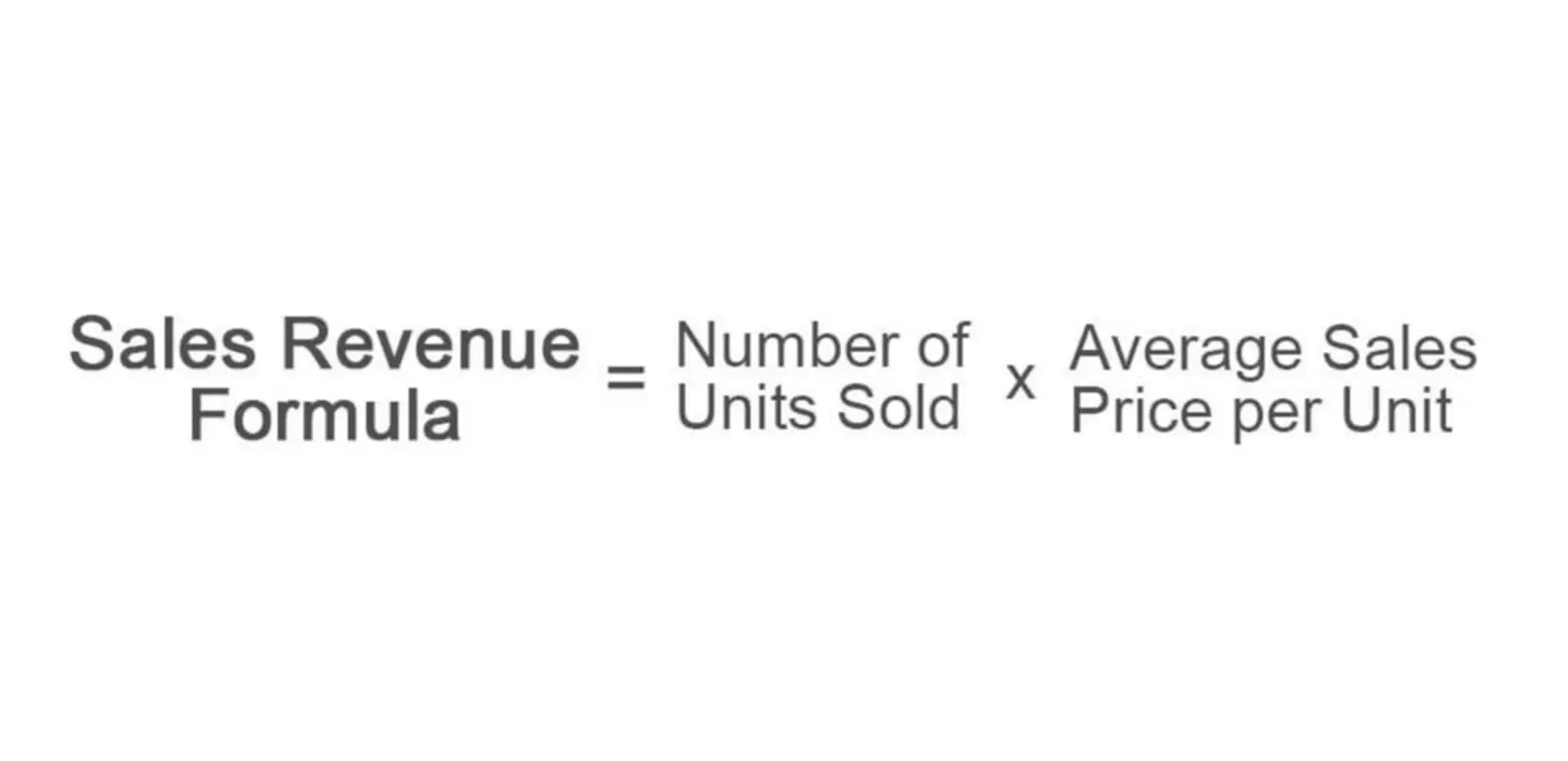Content

This is true because paying or receiving cash triggers a journal entry. This means that every transaction with cash will be recorded at the time of the exchange. We will not get to the adjusting entries and have cash paid or received which has not already been recorded. If accountants find themselves in a situation where the cash account must be adjusted, the necessary adjustment to cash will be acorrecting entryand not an adjusting entry. The mechanics of accounting for prepaid expenses and unearned revenues can be carried out in several ways. At left below is a “balance sheet approach” for Prepaid Insurance.
What is the difference between adjusting entries and closing entries?
Adjusting Entries refer to those transactions which affect our Trading Account (profit and loss account) and capital accounts (balance sheet). Closing entries relate exclusively with the capital side of the balance sheet.
Examples include utility bills, salaries, and taxes, which are usually charged in a later period after they have been incurred. Adjusting journal entries are a feature of accrual accounting as a result of revenue recognition and matching principles. She is an expert in personal finance and taxes, adjusting entries and earned her Master of Science in Accounting at University of Central Florida. When you depreciate an asset, you make a single payment for it, but disperse the expense over multiple accounting periods. This is usually done with large purchases, like equipment, vehicles, or buildings.
Adjusting Journal Entry
They account for expenses you generated in one period, but paid for later. So, your income and expenses won’t match up, and you won’t be able to accurately track revenue. Your financial statements will be inaccurate—which is bad news, since you need financial statements to make informed business decisions and accurately file taxes. In the journal entry, Interest Receivable has a debit of $140. This is posted to the Interest Receivable T-account on the debit side .
For example, suppose a company has a $1,000 debit balance in its supplies account at the end of a month, but a count of supplies on hand finds only $300 of them remaining. In such a case, the adjusting journal entries are used to reconcile these differences in the timing of payments as well as expenses.
Introduction to Adjusting Journal Entries and Prepaid Expenses
Employees earned $1,500 in salaries for the period of January 21–January 31 that had been previously unpaid and unrecorded. A subsequent chapter will cover depreciation in great detail. However, one simple approach is called https://www.bookstime.com/ the straight-line method, where an equal amount of asset cost is assigned to each year of service life. The total assets amount on the balance sheet would have been too low because Accounts Receivable, one asset, was too low.
What are the types of adjusting entries?
There are three types of adjusting entries:
-Accruals: recording revenue that has been earned but not yet received, or expenses that have been incurred but not yet paid.
-Prepayments: recording expenses that have been paid in advance, or revenue that has been received in advance of when it will be recognized.
-Non-cash expenses: such as depreciation, which is a deduction from the value of an asset over its useful life.
The company took a loan of $100,000 for one year from its bank on May 1, 2018, @ 10% PA, for which interest payments have to be made at the end of every quarter. Mary Girsch-Bock is the expert on accounting software and payroll software for The Ascent. Learn accounting fundamentals and how to read financial statements with CFI’s free online accounting classes. A company earned interest revenue from the bank on its checking account and had not yet recorded it. An accounting period is an established range of time during which accounting functions are performed and analyzed. If making adjusting entries is beginning to sound intimidating, don’t worry—there are only five types of adjusting entries, and the differences between them are clear cut. Here are descriptions of each type, plus example scenarios and how to make the entries.
Prepare the Adjusted Trial Balance
The same principles we discuss in the previous point apply to revenue too. You should really be reporting revenue when it’s earned as opposed to when it’s received. Adjusting entries can also refer to entries you need to make because you simply made a mistake in your general ledger. If your numbers don’t add up, refer back to your general ledger to determine where the mistake is. Then, create an adjusting entry to reverse or alter the record. Adjusting entries are journal entries used to recognize income or expenses that occurred but are not accurately displayed in your records.
UPDATE: Snyder Under Investigation by Feds - Football Outsiders
UPDATE: Snyder Under Investigation by Feds.
Posted: Wed, 02 Nov 2022 07:00:00 GMT [source]
